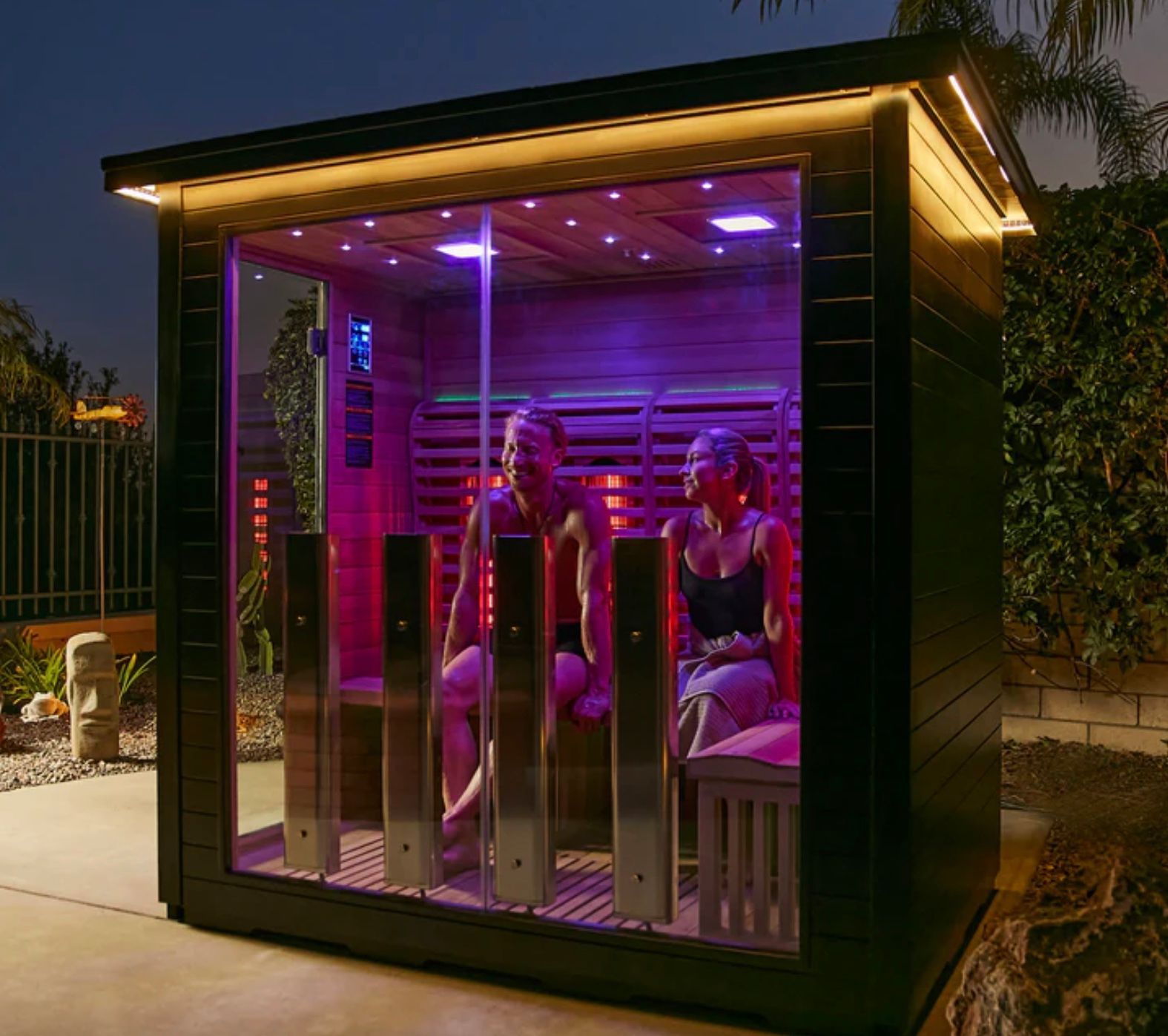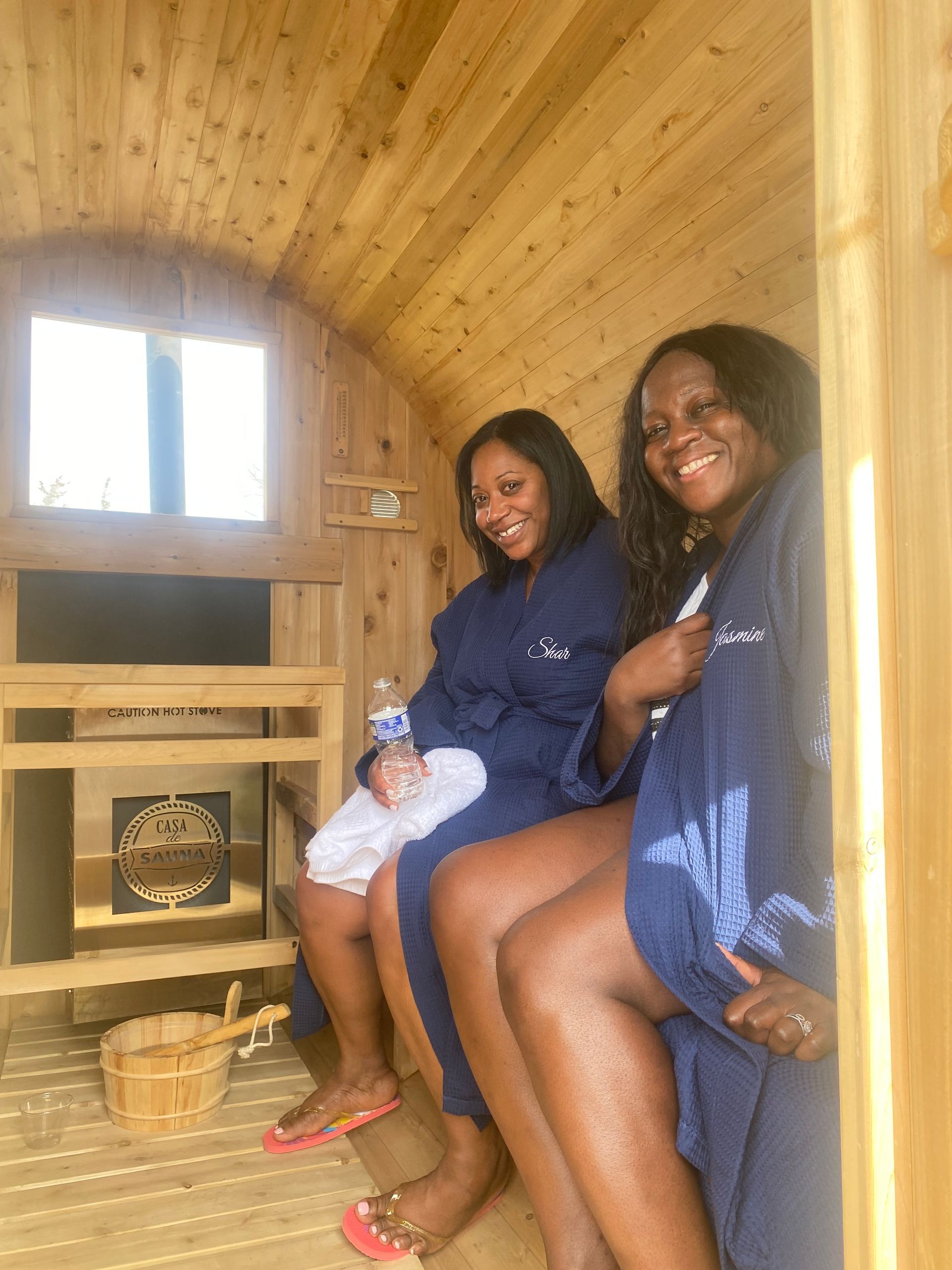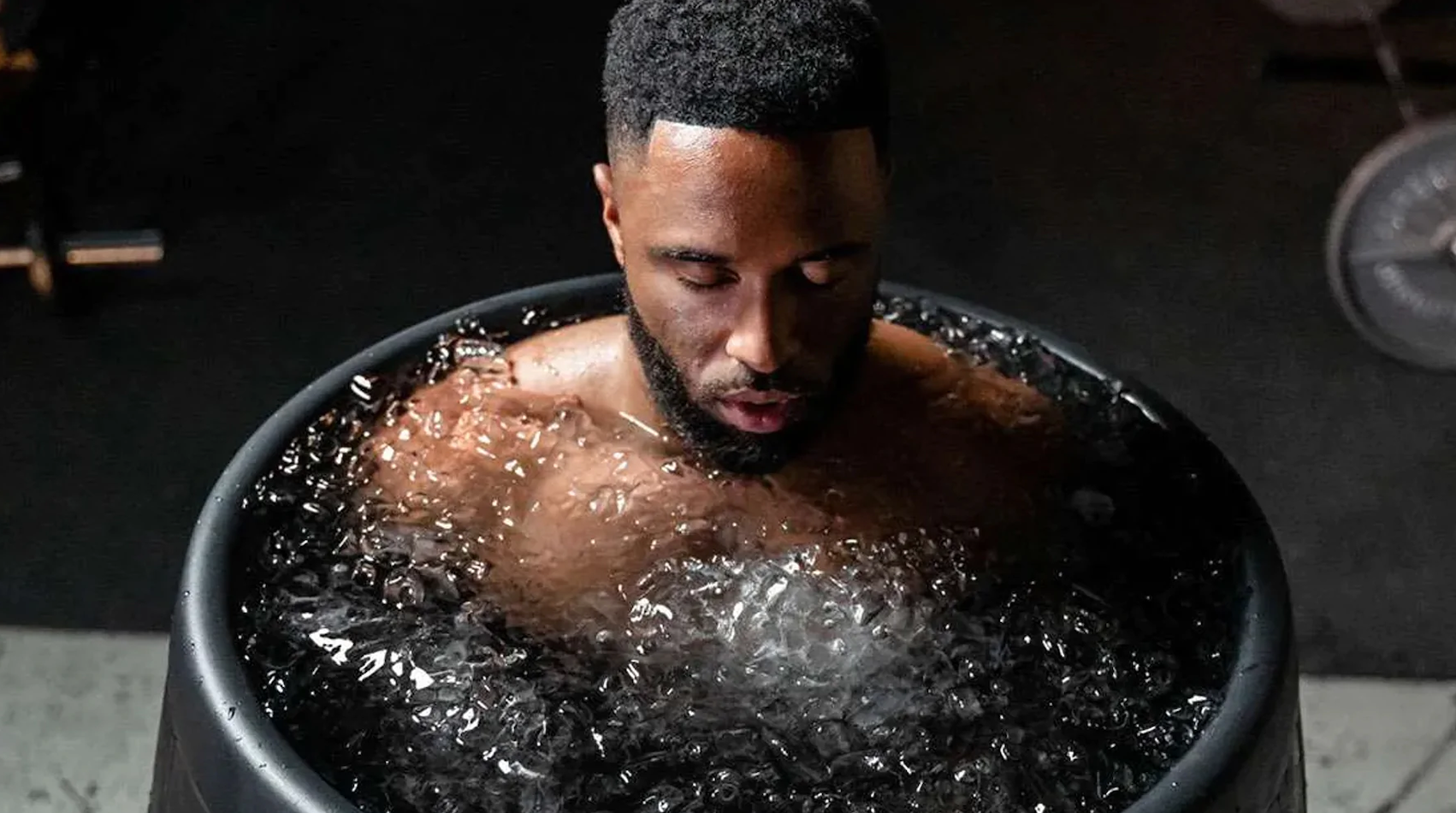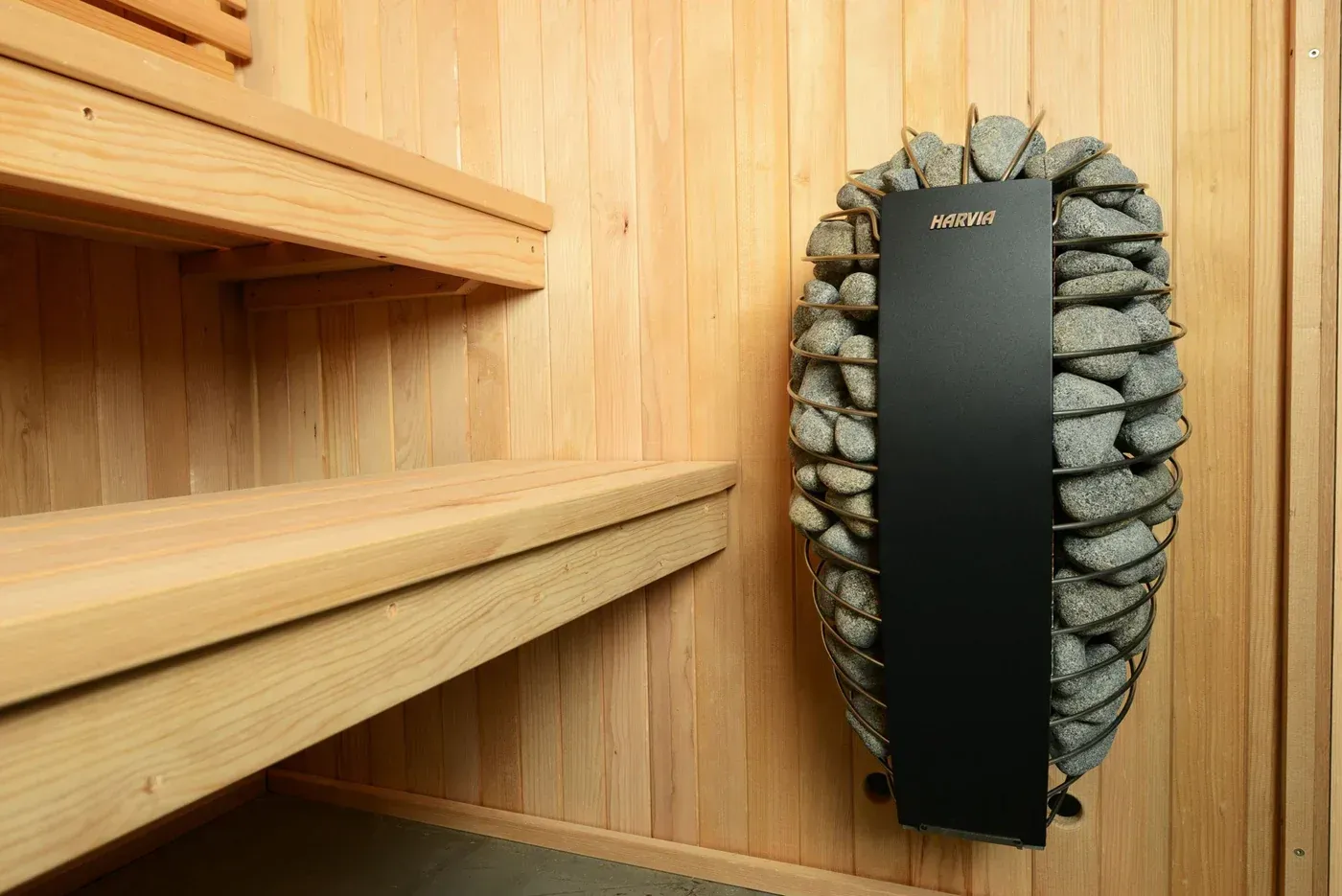

What forms of Payment does Uforia Sauna & Cold Plunge Accept
 Button
ButtonWe accept American Express, Visa, Master Card, Discover, Diners Club, JBC, China UnionPay, ApplePay, AmazonPay GooglePay, AfterPay, Affirm, Klarna, Link, Zelle, CashApp, Wire Transfers, ACH Transfer, Cash
Is an Infrared Cabin a Sauna?

No it is not.
The word sauna is not synonymous with Infrared Cabins. There are many difference betwen the two.
Infrared cabins are a hot health trend. Spas and gyms offer them to clients and suggest that they provide a wealth of benefits and they do. You can also purchase your own Infrared Cabin for your home right here.
Infrared Cabins have a different method for heating up the body to induce sweating. It does so by emitting infrared light at one to three differnt wave lengths, which in an essence is the same reason why we feel warm when we sit in direct sunlight on a summer's day. Each infrared light wavelength illicits a different response in the body. This infrared light is able to heat deeper levels of tissue that would other wise be out of reach for a Sauna or Steam Room. As a result, there is a higher concentration of toxins and heavy metals in sweat induced from using an infrared cabin. In an Infrared Cabin, the air surrounding the person is cool as opposed to a steam room or traditional sauna, where the air can become incredibly hot.
An Infrared Cabin use Infrared Light at one or more wavelengths to generate heat within the body. This type of infrared light heat exposure aids in the detoxification of heavy metals from the body, cellular regeneration and
To Learn more about the benefits of regular Infrared Cabin iuse, Click Here.
A Sauna use a stove and rocks are used to generate ambient heat in a space. Water can be used to increase the humnidity and real-feel temperature of the heated space. For optimal reults in activating the heat shock proteins and the HGH response, the space should be between 175 and 200 degrees Fahrenheit. This ambient heat raises the core temperature of the body inducing sweat as well as increasing your heart rate pmping blod to the skin, the body's natural method for cooling itself down.
Sauna bathing is a form of whole-body thermotherapy that has been used in various forms (radiant heat, sweat lodges, etc.) for thousands of years in many parts of the world for hygiene, health, social, and spiritual purposes. Modern day sauna use includes traditional Finnish-style sauna, along with Turkish-style Hammam, Russian Banya, and other cultural variations. Traditional Finnish saunas are the most studied to date and generally involve short exposures (5−20 minutes) at temperatures of 80°C–100°C with dry air.
The idea is that this process mimics the effects of exercise and provides similar health benefits. The sweat produced in Sauna use will be detoxifying but only relieve the body of more superficial toxins as opposed to the deeper tease of toxins inspired by Infrared Cabin Use. The detoxification and hormonal response from Sauna use is a result of the body"s core temperature increasing from the ambient/surrounding heat in a Sauna space.
To learn more about Sauna Use and the Benefits of Sauna Usage, Click Here.
What is the correct temperature to receive benefits from an Infrared Cabin?

Benefits from Infrared Light Therapy occur between 125° F 135° F. Anything warmer than this, but less than 170° F and it is too hot for Infrared Therapy and too cold for Sauna Therapy.
What is the correct temperature range to receive benefits from a Traditional Sauna?

Traditional Saunas offer optimum benefits between the 165° F and 200° F. Anything warmer than that and it could be detrimental to your health and the unit itself.
What is the correct temperature for Cold Plunging

The benefits of cold plunging optimally occur between 40° F and 50° F. Yes,of course you can safely go colder, but that is for entirely different reasons.
Energy efficiency of heating a traditional sauna

The cost of heating a sauna is more affordable than you might expect—a typical sauna can be heated for under $2. With recent increases in energy prices, many sauna enthusiasts and potential buyers may be concerned about the impact on their relaxation routine. Given that saunas are a sanctuary for recovery and relaxation, it's understandable to be cautious. To address these concerns, we’ll explore how much energy a standard electric sauna heater uses and offer tips on how to minimize your sauna's energy consumption.
Typically, a sauna is heated for about an hour, after which the sauna bathing takes place for another hour. In this case, the 6 kW heater consumes about 4–5 kWh during the first hour and 3–4 kWh in the following hour, resulting in a total of 7–9 kWh over the two hours.
Harvia electric sauna heaters are engineered for balanced power consumption and efficient heat generation. The heater’s thermostat regulates the heating elements to maintain the desired temperature throughout the entire sauna session while ensuring energy efficiency. During the initial 30-40 minutes, the heater operates at full power to heat up the sauna. After reaching the set temperature, the power output reduces to about 50% of its maximum capacity, ensuring the sauna stays warm without excessive energy use. For indoor or bathroom saunas, these heaters can even serve as an additional heat source for your building.
The Cost of Operating an Infrared Sauna
 Button
ButtonOptimizing Energy Efficiency:
Running an infrared sauna proves to be remarkably energy-efficient, with most units consuming a modest 1.2 to 2.4 kilowatt-hours (kWh) of electricity per hour. For instance, According to the Energy Saving Trust, the national average price (as of October 2022) per pence/kWh of electricity is .75 cents, so if your sauna features a 2kWh heater, an hour of operation would cost would be .75 cents.
The majority of the energy usage is used during heating up and keeping the sauna up to temperature as the heater are running, this means that’s the running cost of the sauna will reduce once up to temperature and depending on the temperature set and how often the door is opened releasing the heat can all have a factor.
We welcome any questions you may have for us. Please submit them below.

